How to use color, texture and movement to add depth to your landscape…
Our beautiful fall weather makes it the perfect time to visit your local independent garden centers and do some fall planting.
This Sunday, October 27 at 2:00 p.m., I hope you’ll join me for my upcoming appearance at It’s About Thyme Garden Center 11726 Manchaca Rd. (512) 282-1192, for my presentation on:
Jazzing Up The Garden with Color, Texture and Movement
I’ll be talking about using fundamental elements of design to unify your landscape. Learn how the addition of color, contrast, texture and repetition can add interest and harmony to your garden.
With just a few strategic additions, you can enhance your landscape with depth and dimension. Learn how to brighten up a shady garden or how to add texture to show off your prized plants.
If you’re interested in taking your garden to the next level, or if you’ve been reading my Austin American Statesman gardening columns, I hope you’ll come join me in person on Sunday.
Hope to see you there!



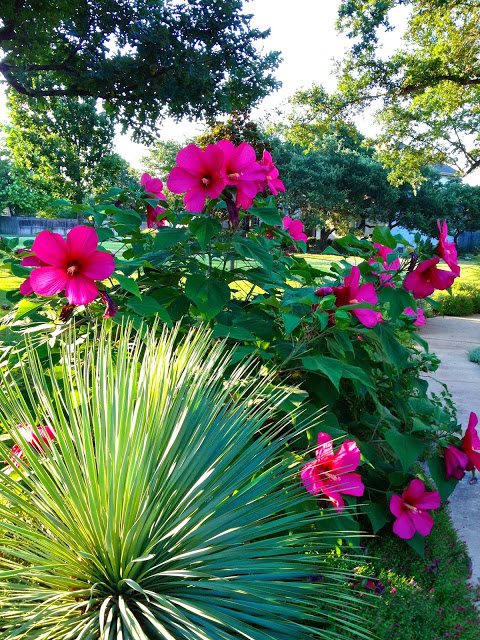


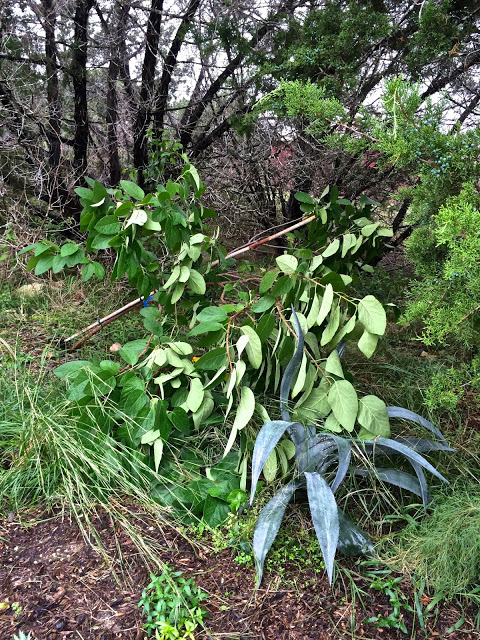
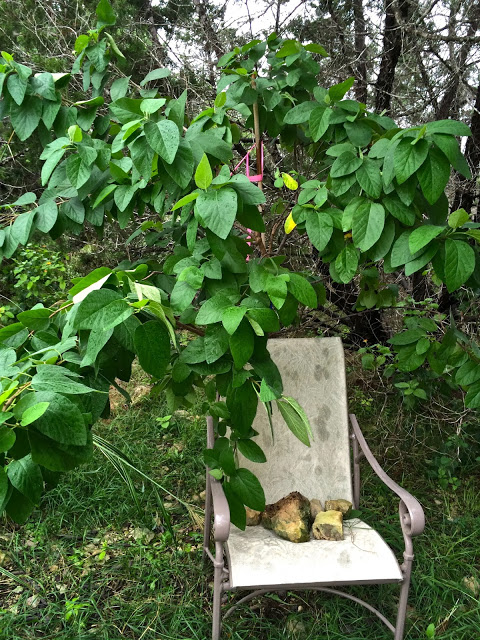

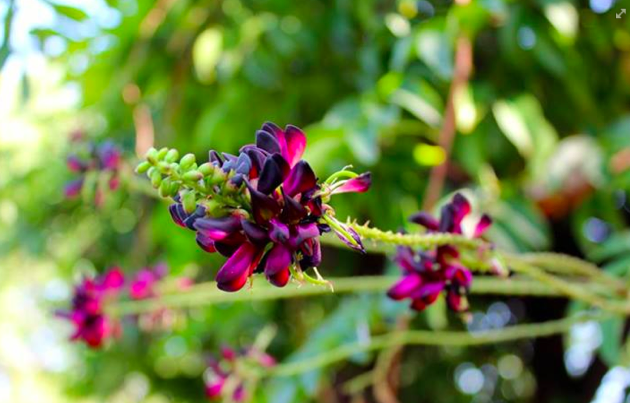





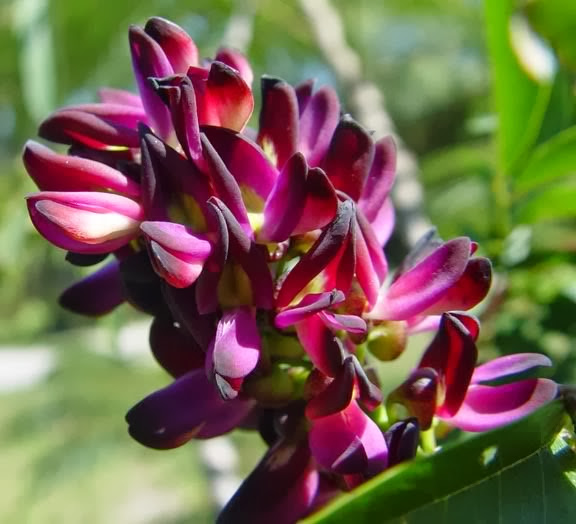










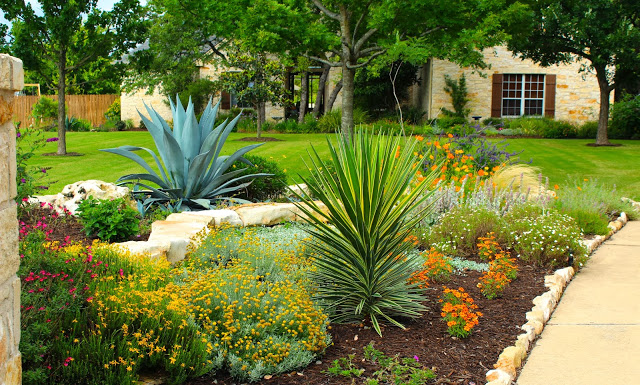

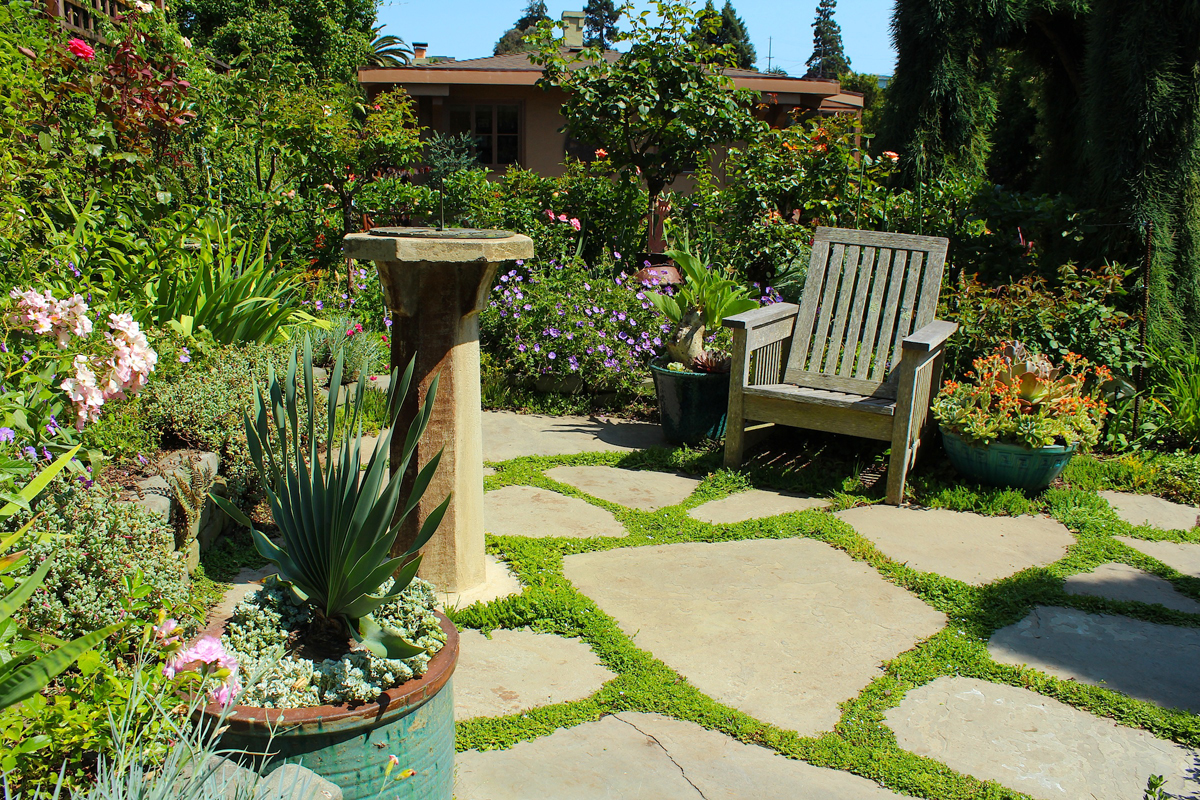
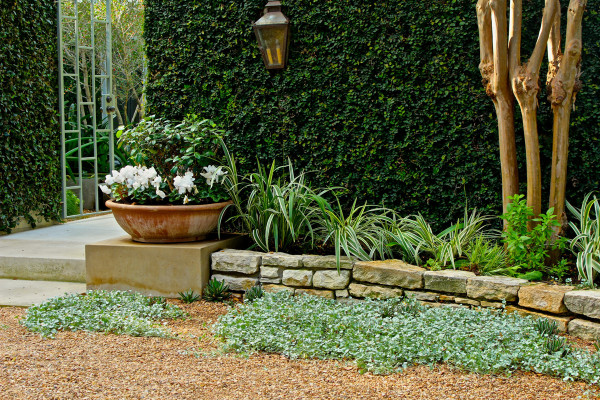 Today, our outdoor spaces are becoming extensions of our homes. They bring us outdoors, in rooms and areas that provide entertaining space, room for kids and pets to play, or maybe a quiet reading nook.
Today, our outdoor spaces are becoming extensions of our homes. They bring us outdoors, in rooms and areas that provide entertaining space, room for kids and pets to play, or maybe a quiet reading nook.